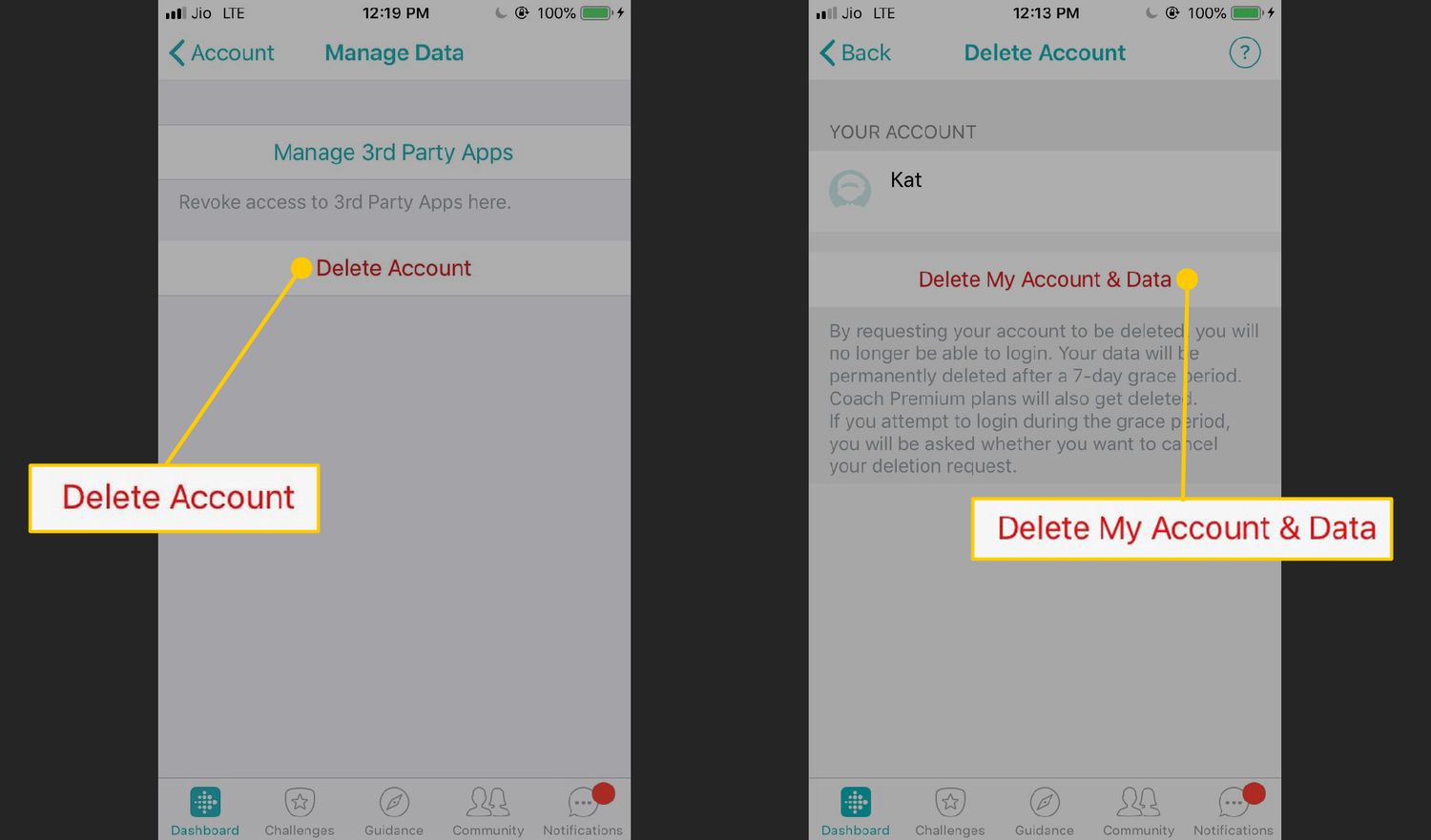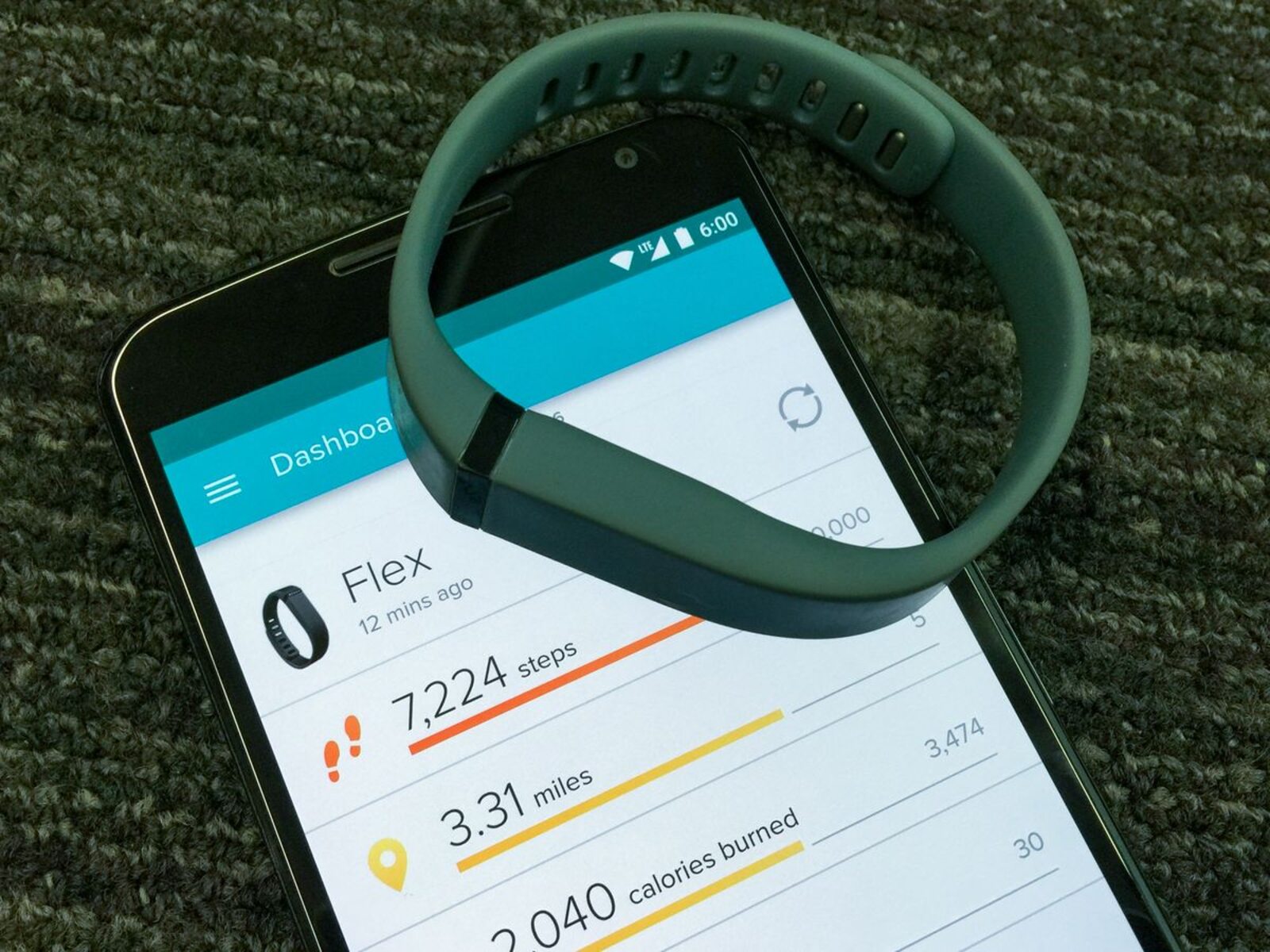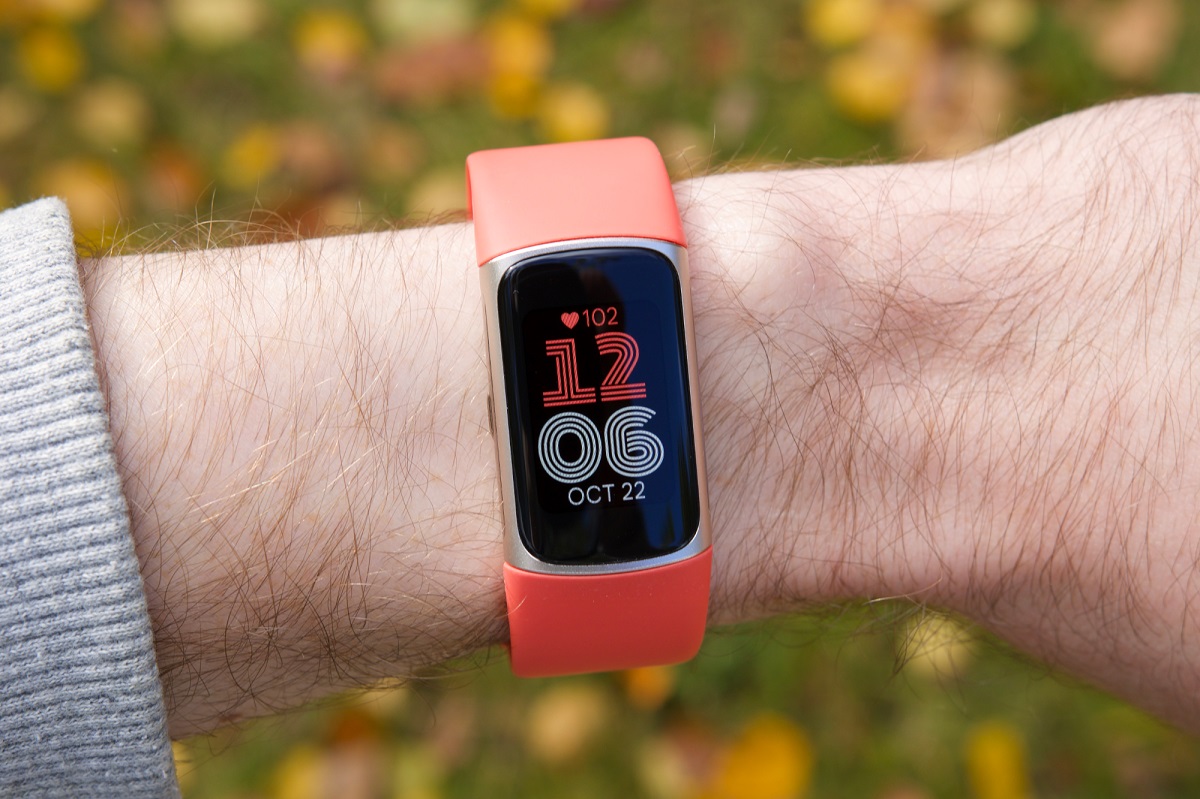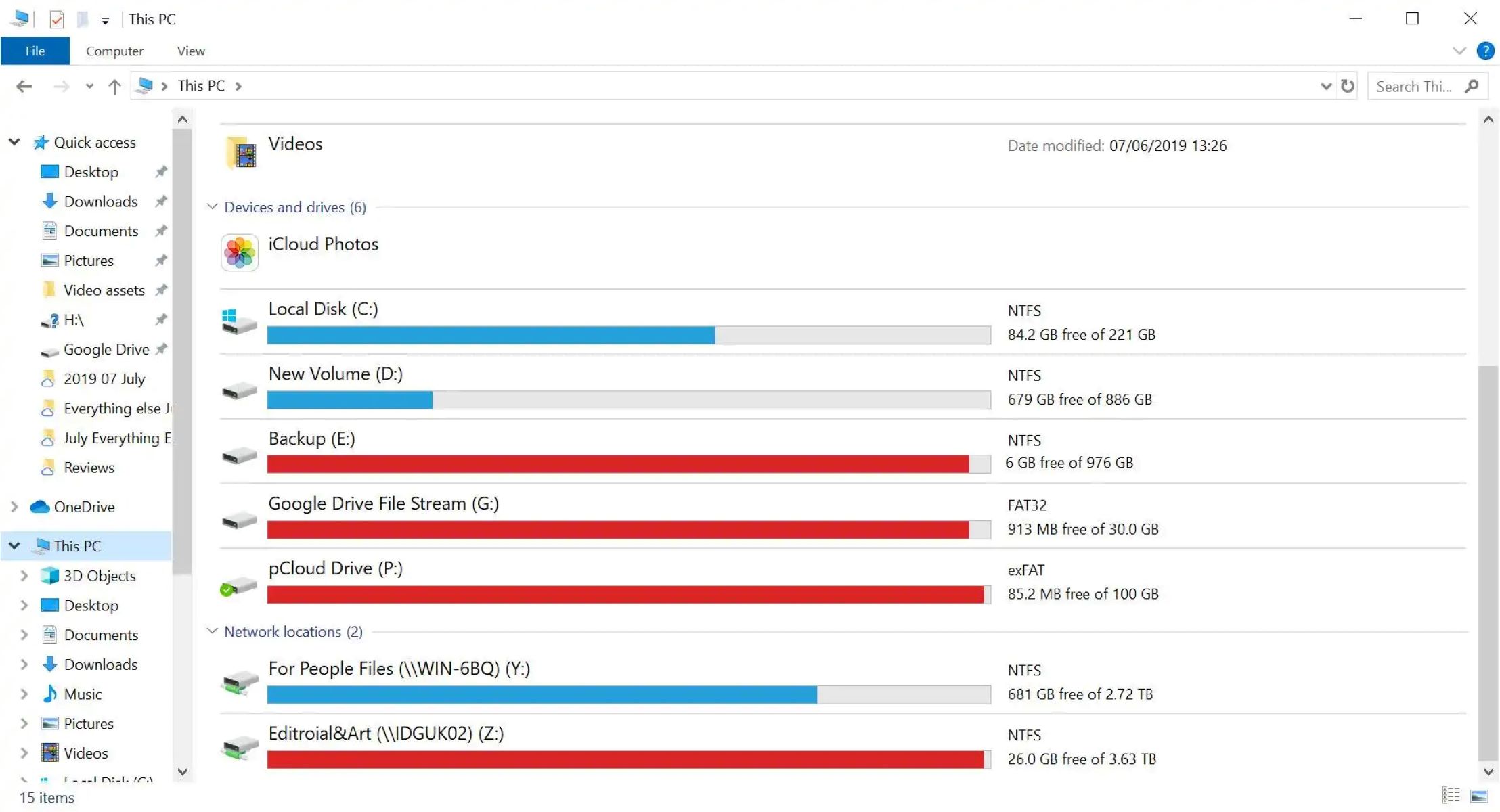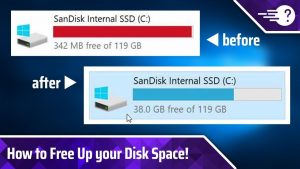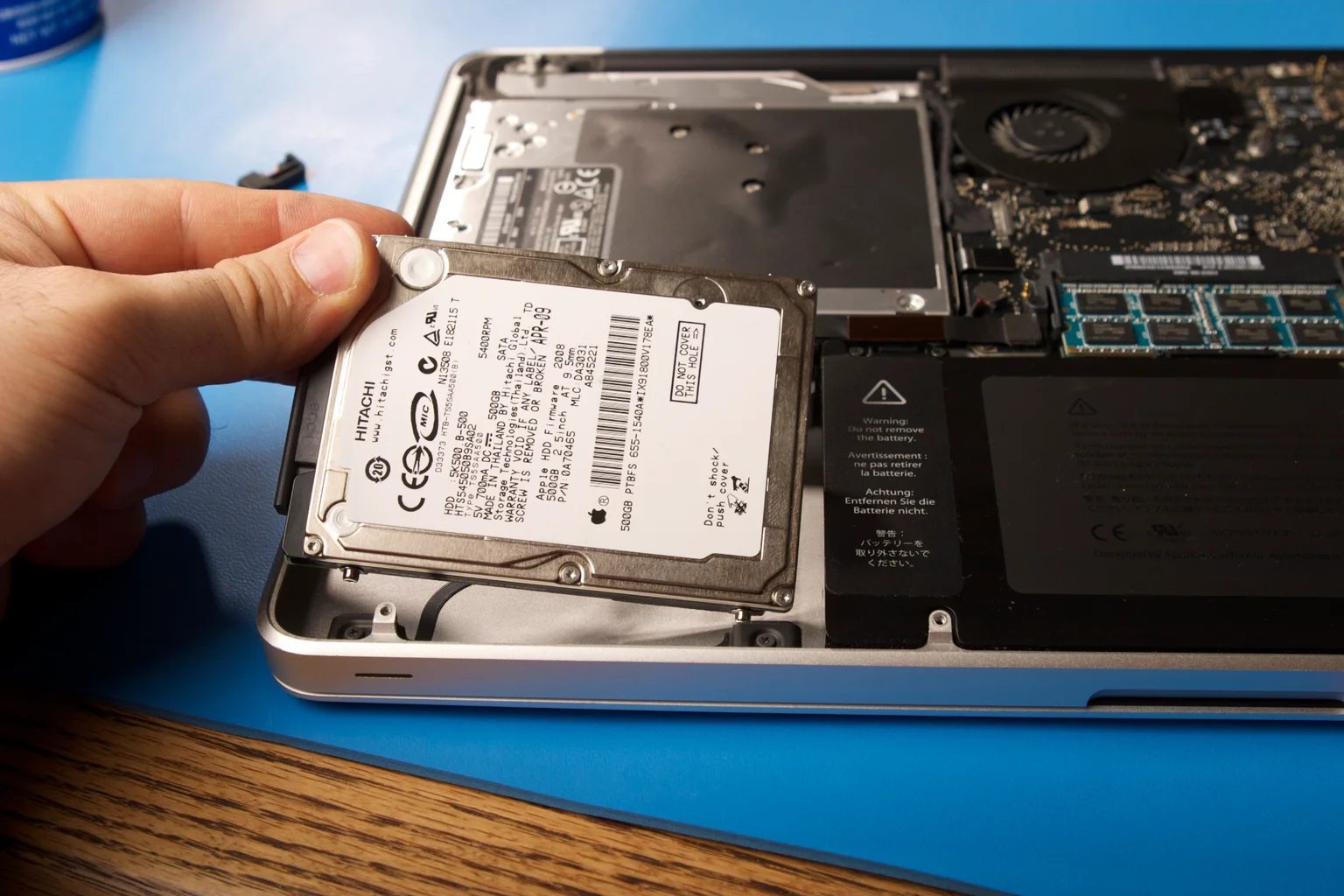Introduction
In today's fast-paced world, wearables have become an integral part of our daily lives, offering a myriad of benefits, from tracking our fitness goals to monitoring our overall health. Fitbit, a renowned name in the wearables industry, has gained widespread popularity for its innovative devices and user-friendly platform. However, there are instances when individuals may contemplate deleting their Fitbit account for various reasons. Whether it's due to a transition to a new wearable device, privacy concerns, or a shift in personal preferences, the decision to delete a Fitbit account is a significant one that requires careful consideration.
As wearables continue to evolve, users are presented with a multitude of options, each catering to unique preferences and requirements. With this in mind, it's essential for individuals to have the flexibility to manage their digital footprint and online presence. Deleting a Fitbit account is a personal choice that reflects the dynamic nature of technology and the diverse needs of users in today's digital landscape.
In this comprehensive guide, we will delve into the reasons why individuals may choose to delete their Fitbit account, the step-by-step process of doing so, and the implications of this decision. By shedding light on this topic, we aim to provide users with the necessary information to make informed decisions about managing their wearable technology and digital identities. Whether you're a long-time Fitbit user or someone exploring the world of wearables, understanding the process of deleting your Fitbit account is crucial for maintaining control over your digital presence.
Reasons for Deleting Your Fitbit Account
There are several valid reasons why individuals may contemplate deleting their Fitbit account. Understanding these reasons can provide valuable insights into the diverse motivations behind this decision.
-
Transition to a New Wearable Device: As the wearables market continues to expand, users may find themselves transitioning to a new wearable device that better aligns with their evolving needs and preferences. Whether it's an upgraded fitness tracker or a smartwatch with advanced health monitoring features, the decision to switch to a different wearable device can prompt individuals to delete their Fitbit account to streamline their digital presence.
-
Privacy Concerns: In an era where data privacy is a growing concern, some users may opt to delete their Fitbit account to safeguard their personal information. While Fitbit adheres to stringent privacy and security measures, individuals may have varying comfort levels regarding the collection and storage of their health and activity data. Deleting the account offers a sense of control over personal information and ensures that no further data is collected through the Fitbit platform.
-
Lifestyle Changes: Changes in lifestyle and fitness routines may prompt individuals to delete their Fitbit account. Whether it's a shift in exercise preferences, a transition to alternative health tracking methods, or a decision to take a break from wearable technology, individuals may find that deleting their Fitbit account aligns with their current lifestyle choices.
-
Account Management: Some users may choose to delete their Fitbit account as part of their overall digital account management strategy. Consolidating online accounts, reducing digital clutter, or simplifying the number of platforms they engage with can be motivations for deleting a Fitbit account.
-
User Experience and Preferences: Individuals' experiences and preferences with wearables may evolve over time. Factors such as user interface preferences, feature sets, and compatibility with other devices can influence the decision to delete a Fitbit account in favor of exploring alternative wearable options that better suit their needs.
Understanding these reasons underscores the dynamic nature of individuals' relationships with wearable technology and the diverse factors that contribute to the decision to delete a Fitbit account. It's important for users to have the autonomy to make choices that align with their evolving preferences and circumstances, and deleting a Fitbit account can be a meaningful step in this direction.
Steps to Delete Your Fitbit Account
Deleting your Fitbit account involves a straightforward process that allows you to manage your digital presence effectively. Whether you're transitioning to a new wearable device or addressing privacy concerns, understanding the steps to delete your Fitbit account is essential. Here's a comprehensive guide to help you navigate through the deletion process:
-
Accessing Your Account Settings: Begin by logging into your Fitbit account through the official Fitbit website or the Fitbit mobile app. Once logged in, navigate to the account settings section, where you will find the option to manage your account preferences.
-
Locating the Account Deletion Option: Within the account settings, look for the specific option related to deleting your account. This option may be labeled as "Delete Account," "Close Account," or a similar term that indicates the account deletion process.
-
Reviewing Account Deletion Information: Before proceeding with the deletion, Fitbit may provide information regarding the implications of deleting your account. This may include details about data retention, the irreversibility of the process, and the impact on your connected devices and services.
-
Confirming Your Decision: Once you've reviewed the account deletion information, Fitbit will typically prompt you to confirm your decision. This confirmation step serves as a final checkpoint to ensure that you intend to proceed with deleting your account.
-
Verifying Your Identity: In some cases, Fitbit may require you to verify your identity before initiating the account deletion process. This verification step may involve entering your account credentials, responding to security questions, or confirming your identity through a verification code sent to your registered email or mobile number.
-
Completing the Deletion Process: After confirming your decision and verifying your identity, you can proceed to complete the account deletion process. This typically involves clicking a final confirmation button or submitting a deletion request, after which your Fitbit account will be scheduled for deletion.
-
Confirmation of Account Deletion: Upon successful completion of the deletion process, Fitbit will provide confirmation that your account deletion request has been received. Depending on Fitbit's policies, the actual deletion of your account and associated data may occur within a specified timeframe, during which you may have the option to cancel the deletion request if needed.
By following these steps, you can effectively delete your Fitbit account while ensuring that the process is carried out securely and in accordance with Fitbit's account management protocols. It's important to consider the implications of account deletion, such as the loss of access to historical data, the disconnection of connected devices and services, and the irreversible nature of the decision. Therefore, it's advisable to make an informed choice based on your specific circumstances and preferences.
Deleting your Fitbit account is a significant decision that reflects your autonomy in managing your digital identity and online presence. Whether it's part of a broader account management strategy or a deliberate step in aligning with your evolving lifestyle and preferences, understanding the steps to delete your Fitbit account empowers you to make informed choices in the realm of wearable technology and digital privacy.
What Happens After Deleting Your Fitbit Account
After successfully deleting your Fitbit account, several important implications and outcomes come into play, shaping the aftermath of this decision. Understanding what happens after deleting your Fitbit account is crucial for individuals to anticipate the changes and manage the transition effectively.
Loss of Access to Fitbit Services and Data
Once your Fitbit account is deleted, you will no longer have access to the full suite of Fitbit services and features. This includes the loss of access to your historical health and activity data collected through the Fitbit platform. As a result, any personalized insights, trends, and achievements tracked on your Fitbit account will no longer be accessible. It's important to consider this loss of data when making the decision to delete your account, especially if you rely on this information for personal health and fitness tracking.
Disconnection of Connected Devices and Integrations
Deleting your Fitbit account severs the connection between your Fitbit devices and any associated integrations or third-party services. This means that any linked devices, such as Fitbit trackers or smartwatches, will no longer sync with your deleted account. Additionally, integrations with other apps and services that relied on your Fitbit data, such as fitness and health apps, may be affected by the account deletion.
Data Retention and Privacy Measures
Fitbit follows specific data retention and privacy measures outlined in their policies. After deleting your account, Fitbit will adhere to these measures, ensuring that your personal data is handled in accordance with privacy regulations and company guidelines. It's important to review Fitbit's data retention policies to understand how your data will be managed after your account is deleted.
Transition to Alternative Wearable Platforms
For individuals who delete their Fitbit account due to a transition to alternative wearable platforms, the aftermath involves embracing and adapting to the new wearable ecosystem. This may include setting up a new account with the new wearable provider, transferring any relevant data or settings, and familiarizing oneself with the features and functionalities of the new wearable device.
Reevaluation of Health and Fitness Tracking Strategies
Deleting a Fitbit account prompts individuals to reevaluate their health and fitness tracking strategies. Whether it's exploring new methods of tracking activities, engaging with different health and wellness apps, or adopting alternative wearable devices, the aftermath of deleting a Fitbit account involves reassessing how personal health and fitness goals will be monitored and managed.
Continued Digital Identity Management
After deleting your Fitbit account, it's essential to consider the broader implications for your digital identity management. This may involve reviewing your overall online presence, assessing other accounts and platforms that may be interconnected with your Fitbit account, and ensuring that your digital footprint aligns with your current preferences and privacy considerations.
By understanding the implications of deleting your Fitbit account, individuals can navigate the aftermath effectively, whether it involves adapting to changes in data access, transitioning to alternative wearables, or reevaluating health and fitness tracking strategies. Ultimately, the aftermath of deleting a Fitbit account underscores the dynamic nature of individuals' relationships with wearable technology and the evolving landscape of digital privacy and identity management.
Conclusion
In conclusion, the decision to delete a Fitbit account is a significant and personal choice that reflects the dynamic nature of individuals' relationships with wearable technology and their evolving preferences. Whether prompted by a transition to a new wearable device, privacy concerns, lifestyle changes, or account management strategies, the process of deleting a Fitbit account involves careful consideration and understanding of the implications.
As individuals navigate the realm of wearables and digital privacy, having the autonomy to manage their online presence is essential. Deleting a Fitbit account empowers users to align their digital footprint with their current needs and preferences, ensuring that their online interactions and data collection practices resonate with their values.
While the steps to delete a Fitbit account are straightforward, it's crucial for individuals to weigh the consequences, such as the loss of access to historical data, the disconnection of connected devices, and the reevaluation of health and fitness tracking strategies. By understanding the aftermath of deleting a Fitbit account, users can effectively manage the transition and adapt to changes in their wearable technology ecosystem.
Furthermore, the decision to delete a Fitbit account underscores the broader theme of digital identity management and privacy considerations in the modern age. It prompts individuals to reflect on their online presence, data privacy preferences, and the evolving landscape of wearable technology. As wearables continue to evolve and offer diverse options, users are empowered to make informed choices that align with their individual circumstances and values.
Ultimately, the process of deleting a Fitbit account represents a pivotal moment in individuals' digital journeys, signifying their autonomy and agency in managing their online identities. Whether it's part of a broader strategy to streamline digital accounts or a deliberate step in embracing new wearable technology, the decision to delete a Fitbit account reflects the dynamic interplay between personal preferences, technological advancements, and evolving privacy considerations.
In essence, the ability to delete a Fitbit account exemplifies the importance of user empowerment and informed decision-making in the realm of wearables and digital privacy. It underscores the notion that individuals should have the flexibility to shape their digital interactions in a manner that resonates with their evolving needs and values. As wearables continue to play a pivotal role in individuals' lives, the process of deleting a Fitbit account serves as a testament to the ever-changing landscape of technology and the significance of user agency in managing their digital presence.







